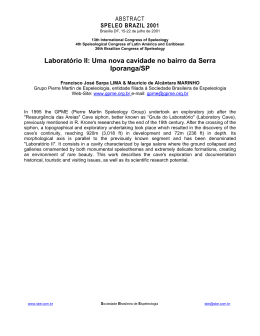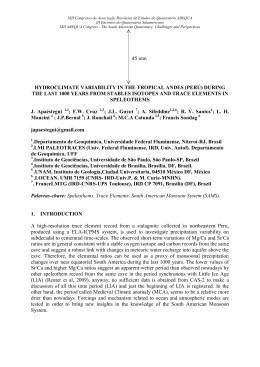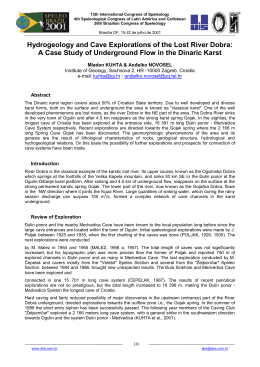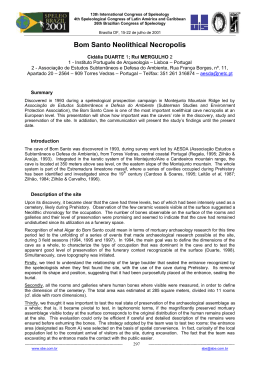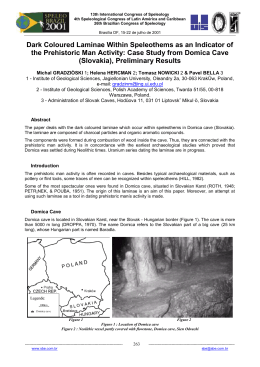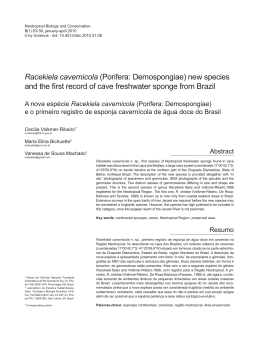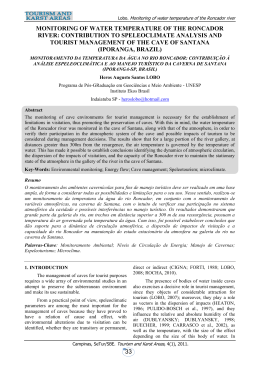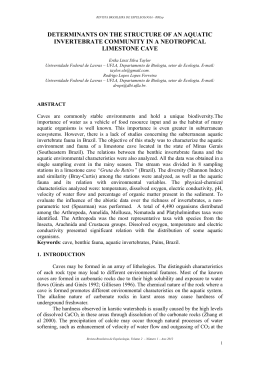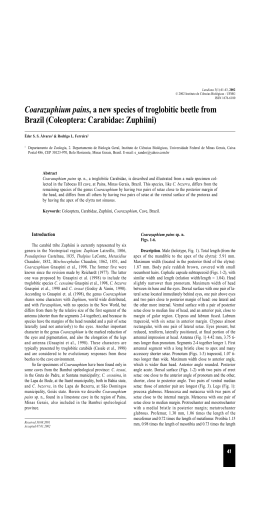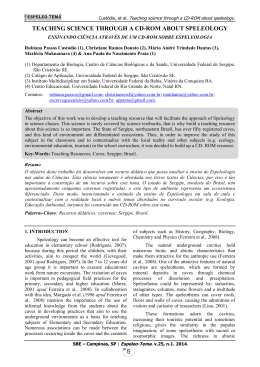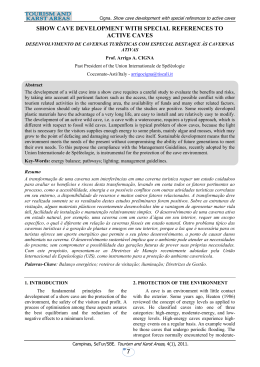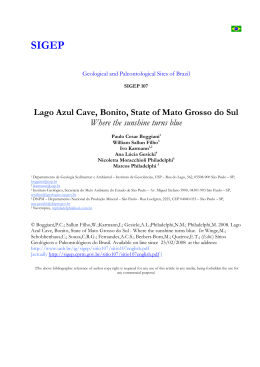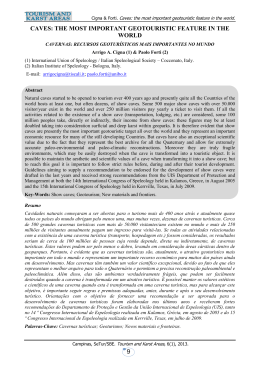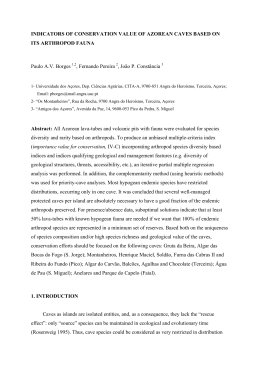St. Paul Icon in Ephesus Ephesus is one of the best-preserved archeological sites in the world. Yet what has been excavated is only the tip of the iceberg. When a team from CSNTM was in Ephesus in 2004, we met a man who had been the chief archeologist of Ephesus for decades. He took us to a recently discovered cave. As one stands in the amphitheater, looking west at the ancient canal, to the left is a hill. A 45- minute walk from the amphitheater up the hill, winding through a narrow, beaten path, leads you to a cave that does not come into view until you are almost on top of it. The cave, known as “St. Paul’s Grotto,” has been excavated but the path to get it has not. We were told that it would take years to make the path ready for tourists. (To underscore this point, armed guards met us as we ascended the hill; since the archeologist was with us, we could proceed.) At almost every step along the path, you can see ancient artifacts: oil lamps, chains, potsherds, inscriptions, even foundations of 2000-year-old homes. A private viewing of the cave for us was a great privilege. In the cave are paintings or icons, almost life-size, of Jesus and the apostles. Most have been terribly defaced, but the one that is in the best condition by far is the one of the apostle Paul. This painting of St. Paul is dated c. 4th century. As such, it is most likely the oldest painting of St. Paul in existence. He, along with a woman missionary named Thecla, is worshiping Christ. This photograph is numbered _______ of 1000.
Download

